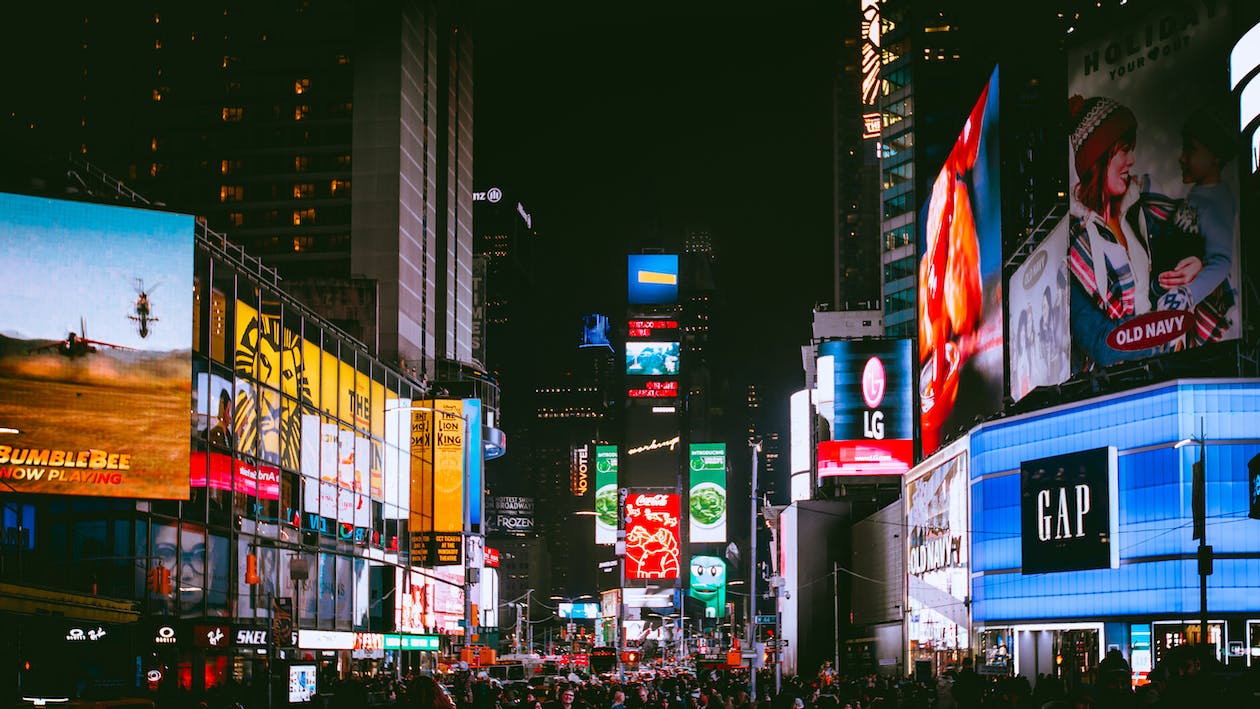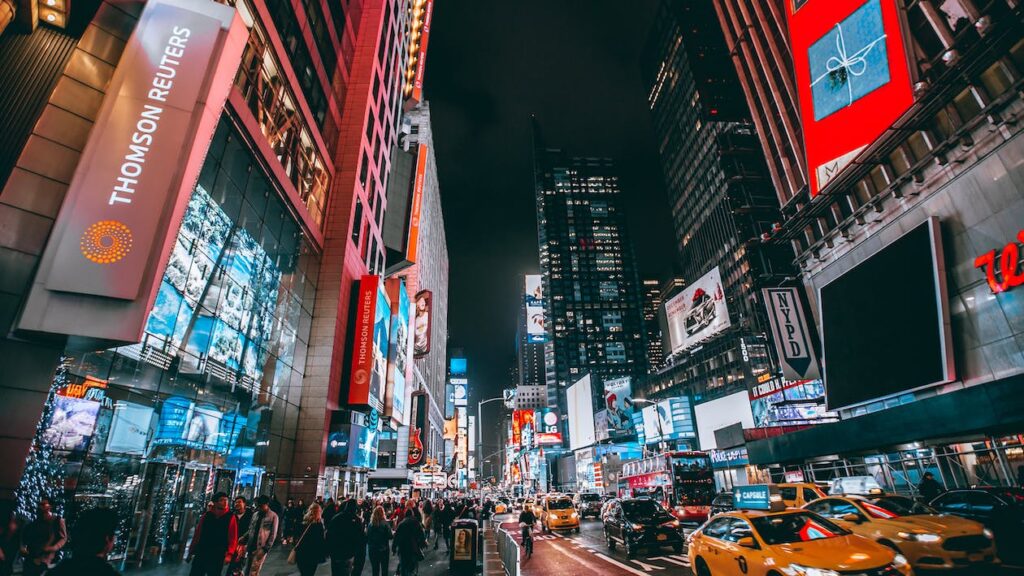
Blog
Read what's happening in FirstouchKiosk | Keep update yourself about best digital signage solution & technology. Learn how digital signage / digital kiosk / digital notice board and digital standees can help in your business growth.

The future of visual communication with digital signage display is likely to be shaped by technological advancements, changing consumer preferences, and the growing demand for personalized and interactive experiences. Digital signage is a powerful tool that can enhance the user experience in public spaces and commercial environments by providing relevant and engaging content
As technology continues to evolve, the future of visual communication with digital signage is likely to become even more exciting and innovative. One trend that is expected to continue is the use of data-driven content in digital signage. This means that the content displayed on the digital sign will be customized based on factors such as the time of day, weather conditions, and even the demographics of the people passing by.

Another buzz around that is likely to become more popular is the use of interactive digital signage. This type of signage allows viewers to interact with the content being displayed, such as using touchscreens to access additional information or to make a purchase. This type of signage can be used in a variety of settings, from retail stores and restaurants to museums and other public spaces.
Retail
Digital signage display can be used in retail environments to display product information, promotions, and advertisements. Digital screen with a stand or pedestal to create a freestanding promotional or informational display. These digital standees are typically used in retail environments to grab the attention of customers
Healthcare
In healthcare industry, digital signage display can be used to provide patients with information about their care, display wait times, doctors availability and promote health and wellness programs.
Education
In edtech group, digital signage can be used to display announcements, schedules, and other important information about exam curriculum. Now days in school & colleges they are prefering interactive panels for teaching in smart classroom
Hospitality
Digital signage can be used in hotels, resorts, and other hospitality settings to provide guests with information about amenities, events, and local attractions. Display menus can be particularly useful in hotels. cafes and bars with multiple restaurants or in locations where menus change frequently.
Corporate
In corporate settings, digital signage can be used to display company news, internal communications, and training materials through video conferencing solutions.
Transportation
Digital signage can be used in transportation facilities such as airports, train stations, and bus terminals to provide passengers with information about arrival and departure times, directions, safety messages, news and weather updates, and advertisements.
Entertainment
In entertainment industry, digital signage display can be used to promote upcoming events, display movie times, and provide outdoor LIVE concert events visuals on big screen to audiences.
The scope of digital signage solutions continues to expand as technology advances and new applications are discovered.

Traditional communication refers to any form of communication that does not involve digital technology. This can include things like billboards, posters, flyers, and printed advertisements. Digital signage communication, on the other hand, involves the use of digital screen boards, interactive touch kiosks, commercial displays, video walls and other digital devices to display content.
Dynamic Content
One of the major differences between traditional communication and digital signage communication is the ability to display dynamic content. Digital signage can display videos, animations, and interactive content that is difficult or impossible to reproduce with traditional communication methods. This can help to capture and maintain the attention of viewers, which is particularly useful in environments like retail spaces, airports, and trade shows.
Real-Time Updates
Digital signage display communication allows for real-time updates to be made to content, which is not possible with traditional communication methods. This means that changes to content can be made quickly and easily, which is particularly useful in environments where information needs to be updated frequently, such as airports, train stations, and sports stadiums.
Interactivity
Digital signage communication also allows for interactivity with the content, which is not possible with traditional communication methods. For example, viewers can interact with touchscreens to explore products, view additional information, or make purchases. This can create a more engaging and personalized experience for viewers.
Targeted Messaging
Another advantage of digital signage communication is the ability to target messaging to specific audiences. By using data analytics, digital signage can display content that is relevant to specific demographics, interests, and behaviors. This can help to increase the effectiveness of communication and create a more personalized experience for viewers.
Cost and Environmental Impact
While digital signage display can be more expensive to implement than traditional communication methods, it can also be more cost-effective in the long run. Digital signage allows for content to be updated and reused, reducing the need for printing and distribution costs. Additionally, digital signage can be more environmentally friendly than traditional communication methods.
BACK TO BLOG
we are always happy to help in ways that we can.